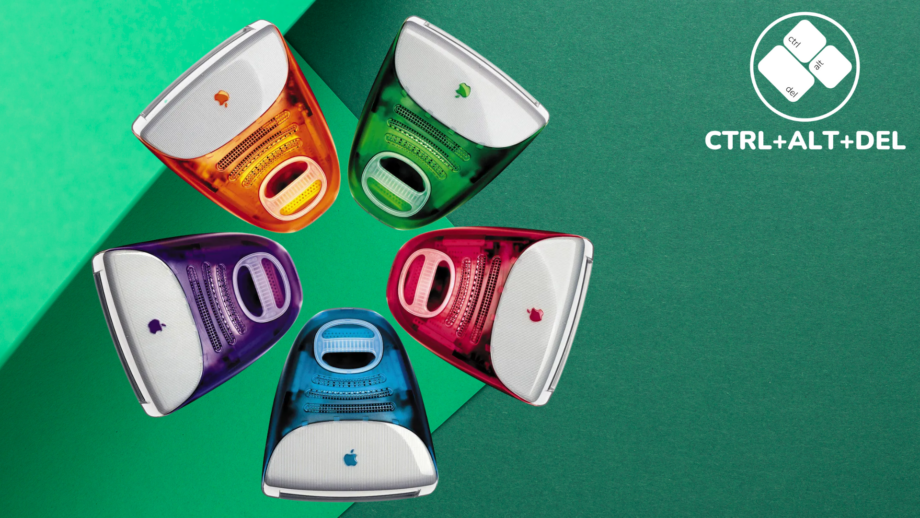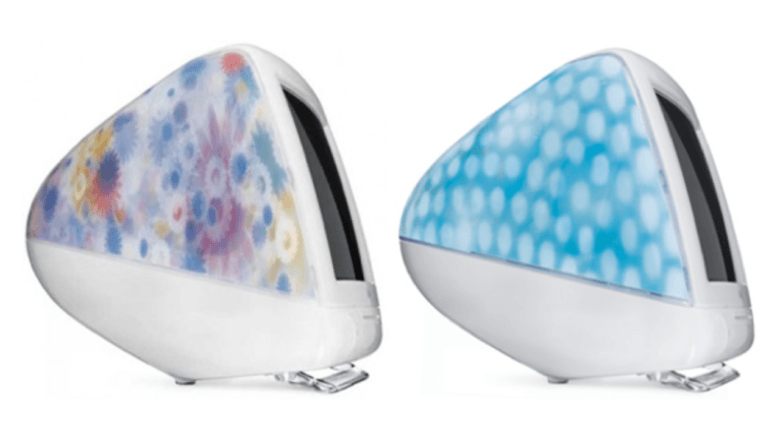Ctrl+Alt+Del: The iMac deserves so much more

OPINION: This week marked the 25th anniversary of the iMac – Apple’s desktop machine that has become an iconic product for the brand – so why is it being forgotten?
From a colourful plastic shell to a razor-thin display, the iMac has gone through many changes in its 25-year history but it now finds itself in a bit of a tricky spot, and it deserves a more prominent place in Apple’s computing ecosystem.
The current iMac, released in April 2021, was set to breathe new life into a machine that had gone nearly a decade without a full redesign. It ditched the bulging silver display for a flat alternative, swapped Intel insides for Apple’s then brand-new M1 chip and brought back the colourful suite of hues many instantly think of when the iMac is mentioned.
This redesign made the iMac fun again. Moving it from a work-focused machine to one that could be placed in a lounge or large kitchen – more a piece of furniture rather than a computer. It made the iMac approachable and I absolutely loved it.

April 2021 was the height of many COVID-related lockdowns in the UK and reviewing the iMac gave me a break from sitting hunched over a laptop in my bedroom, communicating with the rest of the Trusted Reviews team over Slack and Zoom. I hadn’t bothered to pick up a monitor as I had nowhere to put one without it looking out of place – perils of a small London flat without a dedicated office. The green iMac review sample Apple provided for a short period also offered something far more visually appealing.
It was also powerful, thin and had a gorgeous 24-inch 5K screen – backed up by decent speakers and had small footprint. At the time, I thought the iMac was truly back.
Fast forward more than two years and we’re onto the M2 chip; with Pro, Ultra, Max versions available on multiple machines. The Mac Mini is more powerful than ever, the Mac Studio offers much of the power of the Mac Pro in a much smaller body and there’s even a 15-inch MacBook Air. The iMac, though, is still the exact same machine I reviewed during lockdown – the M1 chip at its heart, once again forgotten about.

Browse over to the UK Apple Store and you’ll find the iMac still available. The base model costs £1399 – a decent amount of change pricier than it was in 2021 due to general Apple price increases across the board.
It’s hard to continue recommending the iMac at that price, especially when the base M2 Mac Mini starts at £649. You can even get an M2 Pro model, with 16GB memory and a 512GB SSD, for the same £1399 price as the iMac.
Rumours have swirled numerous times about the future of the iMac. There was talk it might get an M2 refresh for the iMac when that chip was announced, though further chatter seemed to conclude it would skip the M2 altogether and be updated once the M3 chip was released. That means we could still have an iMac this year, though whether it’ll offer anything beyond a faster chip remains to be seen.
As much as I liked the iMac, it had issues. The single screen size was restrictive, as was the lack of ports, with only USB-C on the back. The rigid stand wasn’t ideal, not allowing for height adjustment. These issues still wouldn’t be fixed if a chip update was all that a 2023 iMac refresh offered.
Apple caused a splash with the 2021 iMac redesign, hinting at the start of new prominence for one of the brand’s most iconic products. But, now, we’re in limbo. It’s been forgotten about, and the iMac deserves so much more.
Ctrl+Alt+Del is our weekly computing-focused opinion column where we delve deeper into the world of computers, laptops, components, peripherals and more. Find it on Trusted Reviews every Saturday afternoon.








